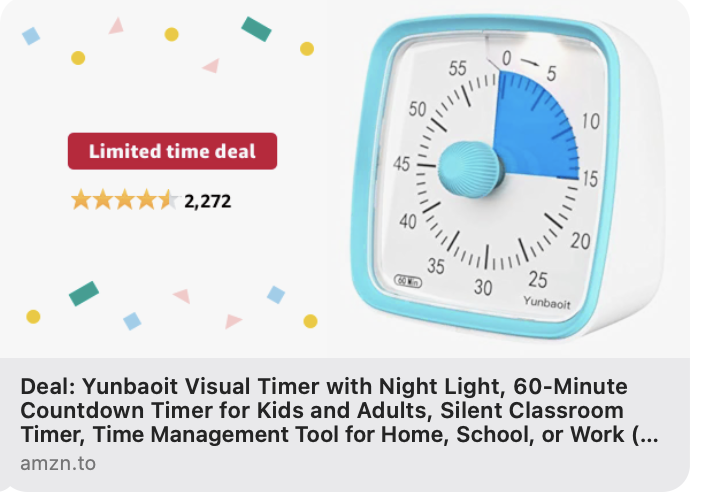Top 10 Effective Transition Strategies
for Children with Autism:
How to prevent Child Behavior Problems
Lack of effective transition strategies for children with autism or ADHD to navigate daily transitions can lead to significant behavioral challenges. Shifting from one activity to another—whether it’s turning off a video, leaving the playground, or transitioning to bedtime—can result in frustration, tantrums, or resistance. These struggles are often rooted in how children with autism experience change, and with the right strategies, you can greatly reduce behavioral issues and support smoother daily routines.
Whether your child has autism, ADHD, sensory processing issues, or is simply navigating the “terrible twos” or “troublesome threes,” implementing proactive transition strategies can foster independence, emotional regulation, and flexibility. The following offers a comprehensive set of techniques that have been proven to help children adjust to changes more easily.
Understanding Transition Challenges
Children on the autism spectrum often struggle with transitions due to several factors:
- Difficulty with unpredictability: Unclear expectations can lead to anxiety.
- Rigidity in thought patterns: Many autistic children thrive on routine and find it hard to shift gears.
- Sensory sensitivities: New environments may involve unpleasant stimuli or the interruption of self-soothing sensory input.
- Attachment to current activity: Moving away from a preferred activity can feel like a loss.
For children who are sensory seekers—those who actively pursue certain sensory inputs—interrupting a stimulating activity can cause significant distress. Understanding the “why” behind these struggles helps guide you toward the most effective solutions. Not only have I used these with clients, but my son was a sensory seeker and had lots of problems with transitions until I started using the techniques listed below, so I can personally attest that they do work even for busy moms!
Top 10 Transition Strategies for Children with Autism and ADHD
1. Establish Predictable Routines
Create and maintain a consistent daily schedule. Predictability helps reduce anxiety by allowing children to know what to expect. Start your day with a routine chart that outlines major parts of the day—wake-up, meals, school, playtime, bedtime, etc. Keep transitions consistent in timing and structure whenever possible.
2. Visual Schedules
Visual cues are essential for children who may struggle with verbal instructions. Tools like ASD communication cards or custom-made picture charts can help children follow their schedule independently. Display the images in sequential order, and let your child move or flip each one as they complete an activity. This provides a sense of accomplishment and clarity. I personally like to use the app called Kids ToDo List. You can create schedules for different times of day. It's free on apple and android devices, it gives the child a star to earn after completing a task, and once all tasks are complete it opens a fun little game for the child to play for a short time.
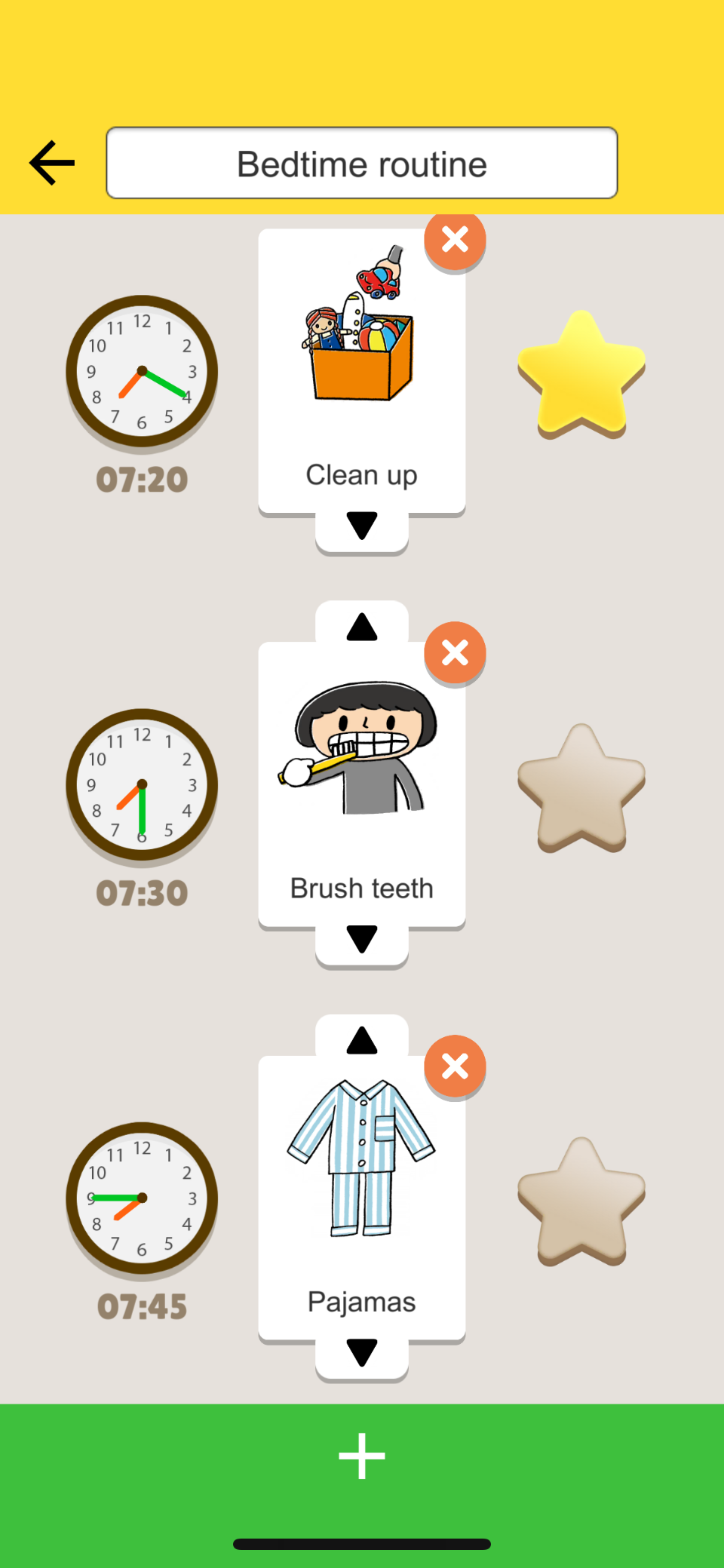 |
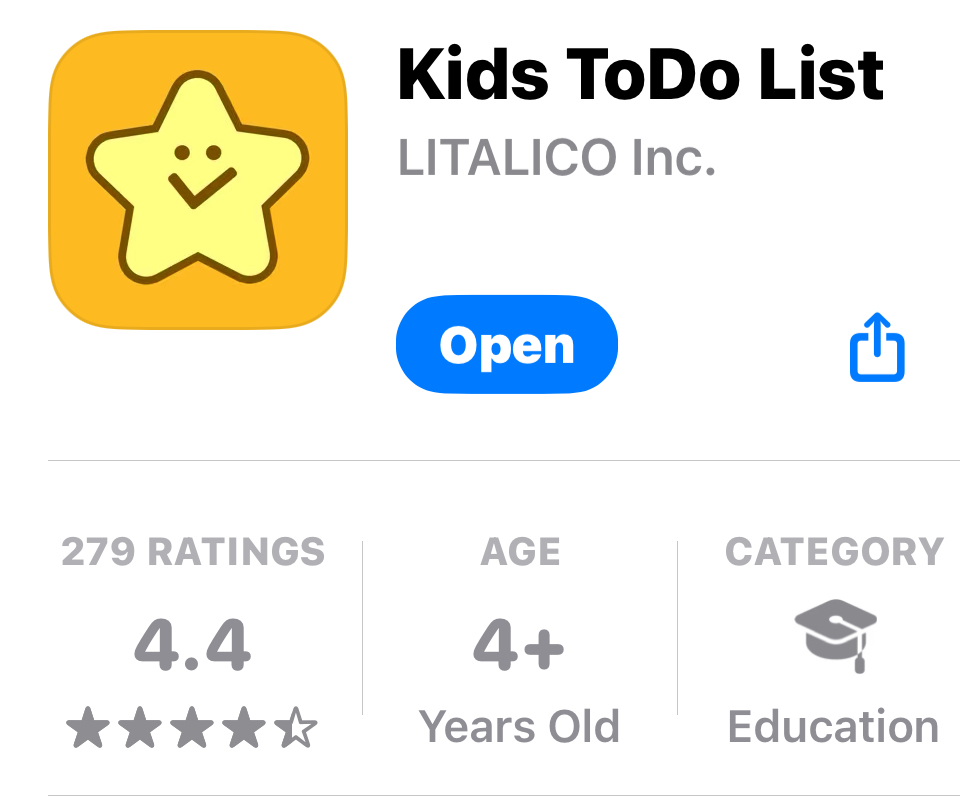 |
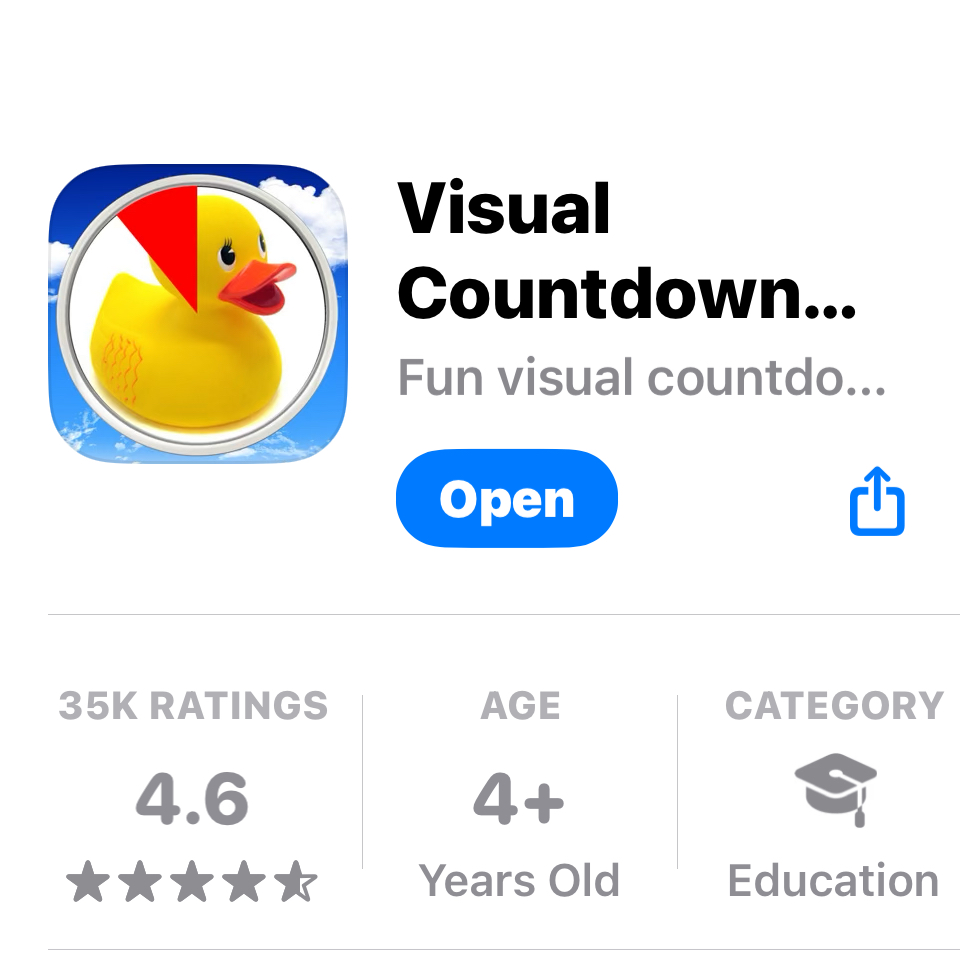
3. Use Timers and Countdown Clocks
Visual timers, such as a visual timer app are particularly useful because they make the passage of time tangible. Timers can be used to:
- Give a countdown to a transition (e.g., “In 15 minutes, we’ll be getting in the car”).
- Signal the end of one activity and the beginning of another.
- Reinforce time-based routines (e.g., brushing teeth for 2 minutes).
Timers also promote independence as children begin to manage their own transitions. I like to use this app because it allows you to pick a fun picture to slowly reveal which could be used to show a reinforcer to be earned or an activity to transition to after the timer goes off. However, for some kids, anything related to a device can create more tantrums if unable to play a preferred game on the device. For those children I recommend an visual timer you can get on Amazon, such as this one....
4. Provide Advanced Warnings
Sudden transitions can be distressing. Give your child a 10-15 minute verbal warning before a change occurs, followed by a 5-minute reminder. Be specific about what will happen next (e.g., “In 10 minutes, it will be time to put away the blocks and get ready for lunch”).
Reinforce Positive Transitions
5. Use Preferred Items as Incentives
You can ease the transition by offering access to a favorite toy, activity, or snack in the next setting. For example, “When we get in the car, you can play with your favorite toy.” Use this incentive as a motivator before challenging behaviors arise—never as a reward for noncompliance, which can inadvertently reinforce unwanted behavior.
6. Redirect Attention
Find something engaging near the exit point or destination to naturally draw your child’s focus. If there's a fish tank by the front door, say “Let’s go see the fish before we head to the car.” Once outside, keep the momentum going with another prompt like “Wow, I think I saw a butterfly near the tree.”
This kind of redirection works especially well for children who are easily visually engaged and can help avoid power struggles.
Emotional Support and Validation
7. Acknowledge Feelings and Provide Assurance
Transitions can be emotionally difficult. Acknowledge your child's feelings while reinforcing the plan:
- “I know you're sad we have to leave the park. It’s okay to be upset. We’ll come back again tomorrow.”
- “You can finish this puzzle when we get back home.”
Validating emotions while still holding the boundary helps your child feel heard and understood, which makes future transitions easier.
Social stories are short, descriptive narratives written in simple language to help children understand social situations. A story about leaving the house or going to school can prepare your child ahead of time and reduce anxiety. Include clear visuals, steps, and positive outcomes.
Adapting for Sensory Needs
9. Provide Sensory Breaks Before or After Transitions
Some children need a calming activity before moving to something new. Others may need sensory input to reset. Use weighted blankets, swinging, deep pressure, or chewing tools as needed before or after transitions to help regulate emotions.
10. Use Transition Objects or Fun Songs (related to the next activity)
A transition object is a physical item the child can carry from one setting to another. This could be a small toy, a piece of fabric, or a fidget item. It offers familiarity and comfort during moments of change. If you are trying to transition from a child playing to doing some type of daily living skill such as getting dressed or brushing teeth. A great way to assist with the transition is to play a song related to the next activity (especially if non-preferred) to make it more fun to transition to that activity. I have created some animated videos with songs to assist with transitions like this...
Consistency, Creativity, and Compassion Are Key
What works for one child may not work for another. You may need to try several approaches before finding the right combination. Customize strategies based on your child's developmental level, sensory profile, communication skills, and personal interests.
Remember, the time spent preparing for a transition is much shorter than the time you’d spend managing a meltdown. Practicing these strategies consistently will build confidence for both you and your child.
Final Thoughts: Make Transitions Easier with Practice and Patience
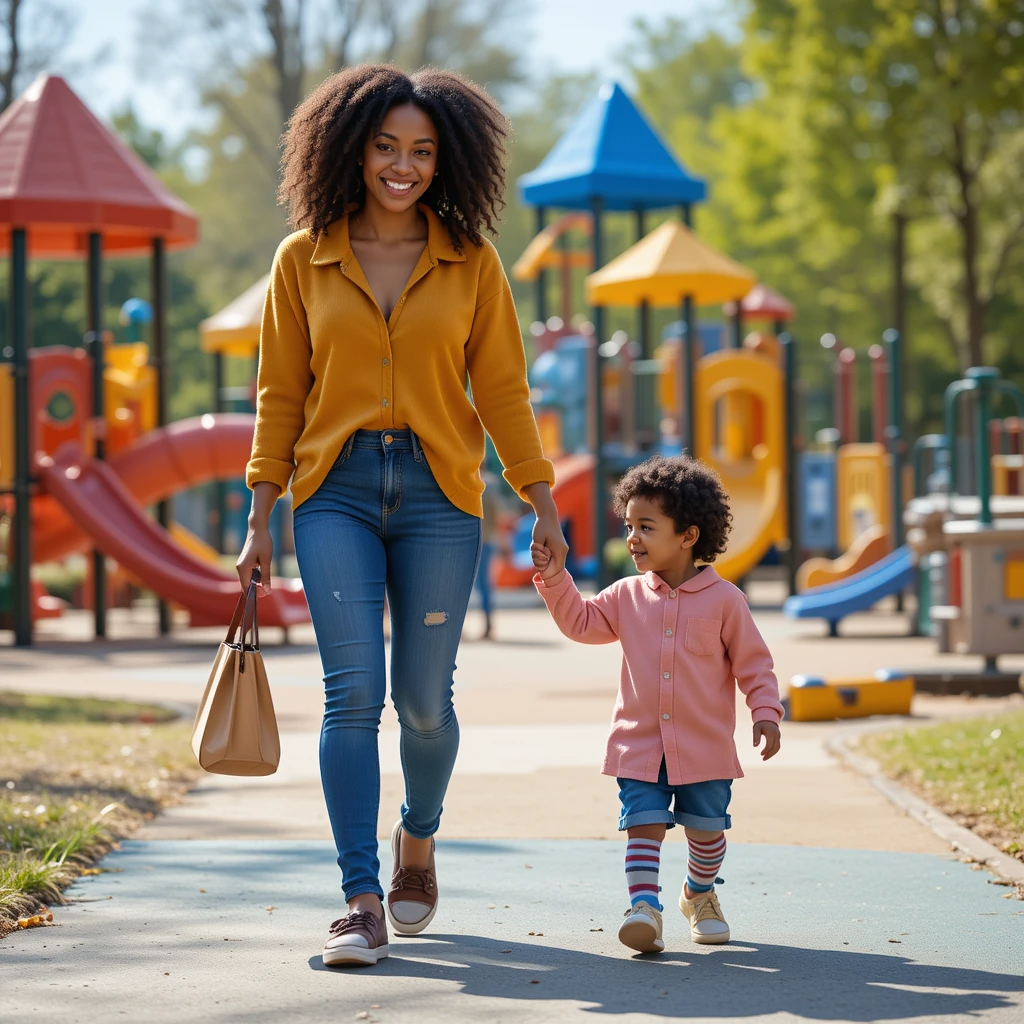
Transitions are a part of everyday life, and for children, they require extra planning and sensitivity. The more predictable, supported, and engaging you can make each transition, the more successful and less stressful it will be for everyone involved.
The most important thing I have learned is that the amount of time it takes to use transition strategies is comparably less than the time and effort it takes to forcefully have him/her switch activities. I know it would be nice to simply say "Let's go" or "It's time for bed," but with children this world doesn't always exist. So, consciously practice the transition strategies above and over time they will come more naturally and produce great benefits.
You don’t need to do it perfectly—just be consistent and responsive. Over time, transitions that once brought stress and resistance will become manageable moments of growth and learning.
If you haven't already, be sure to check out my ebooks, now on Amazon!
